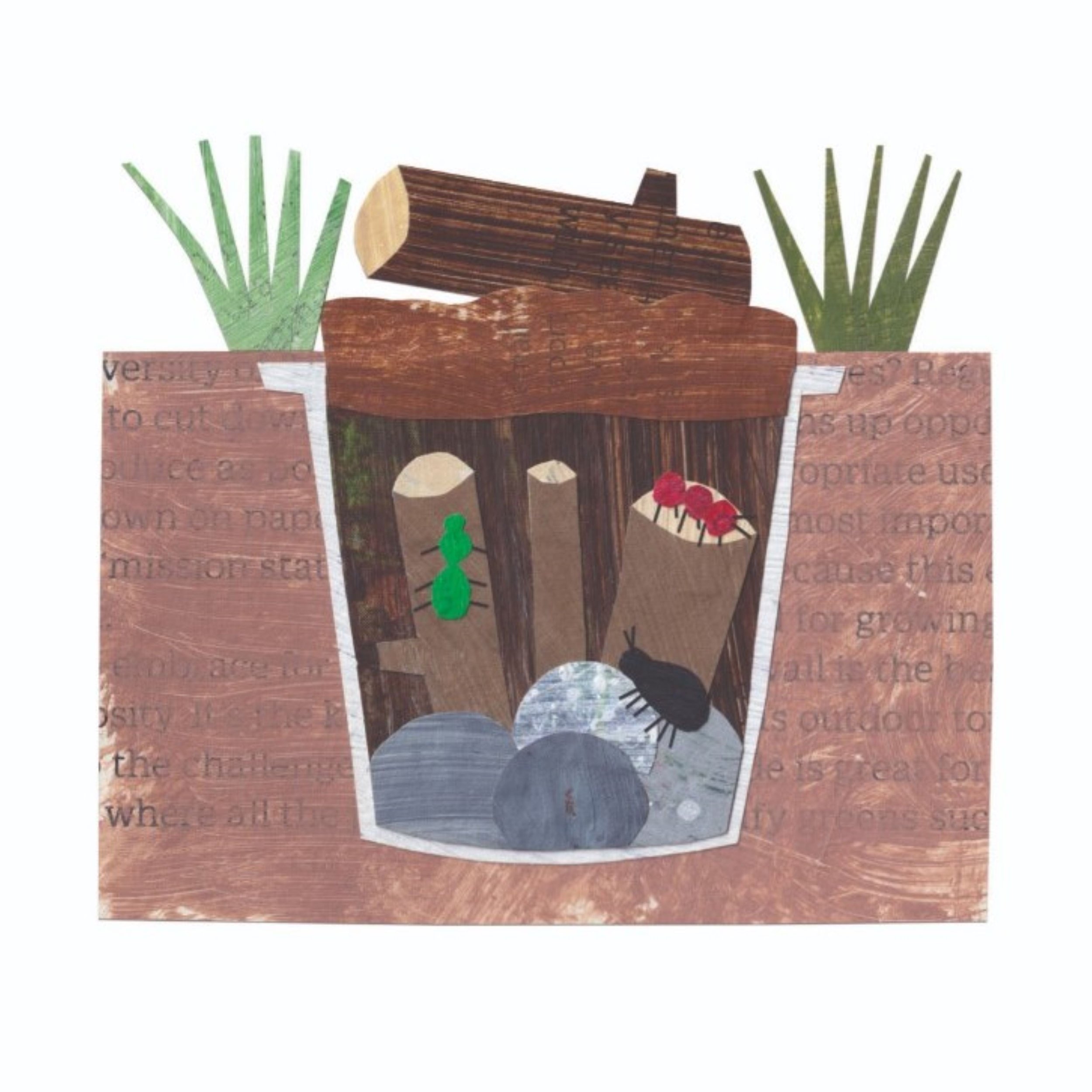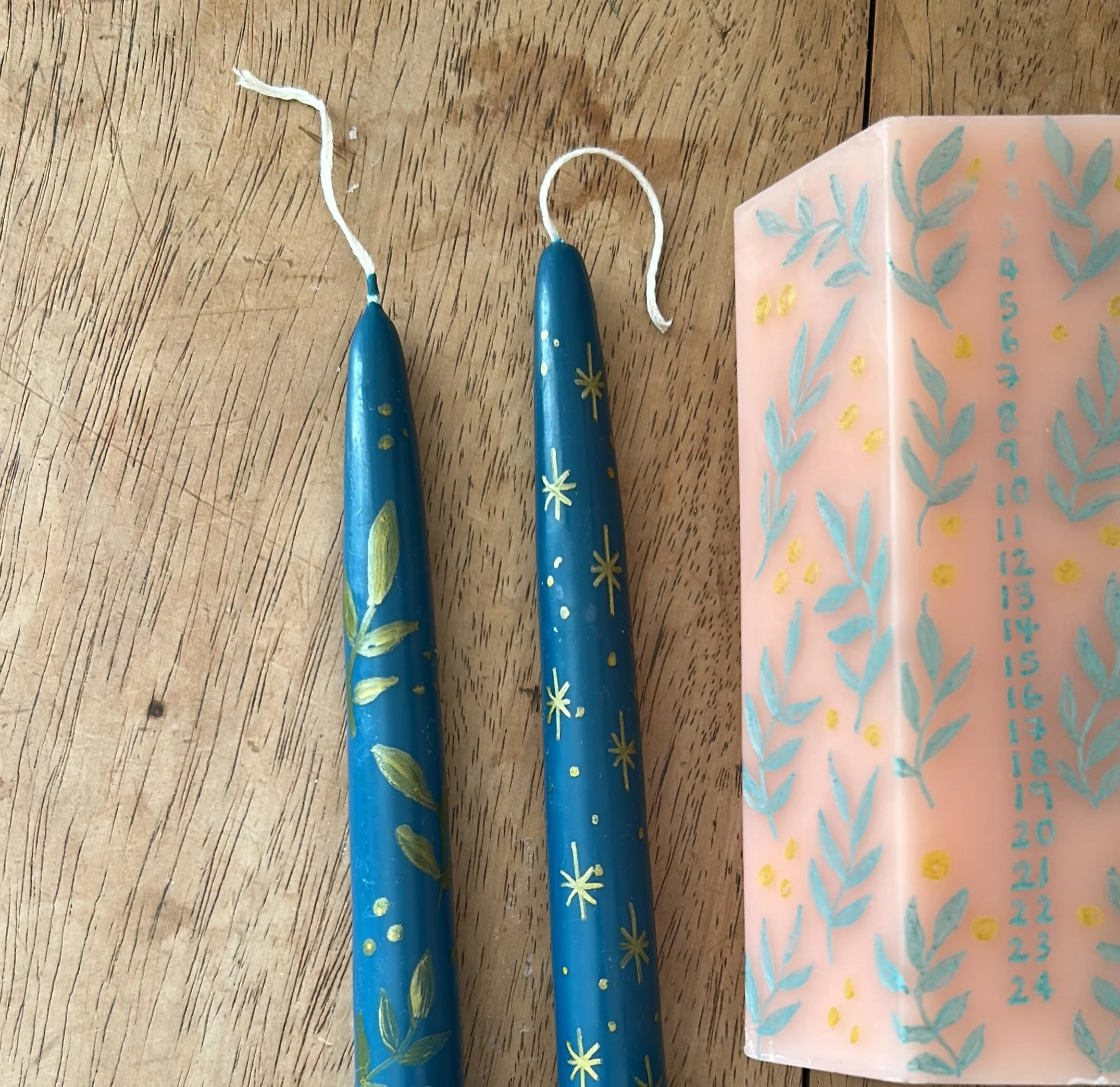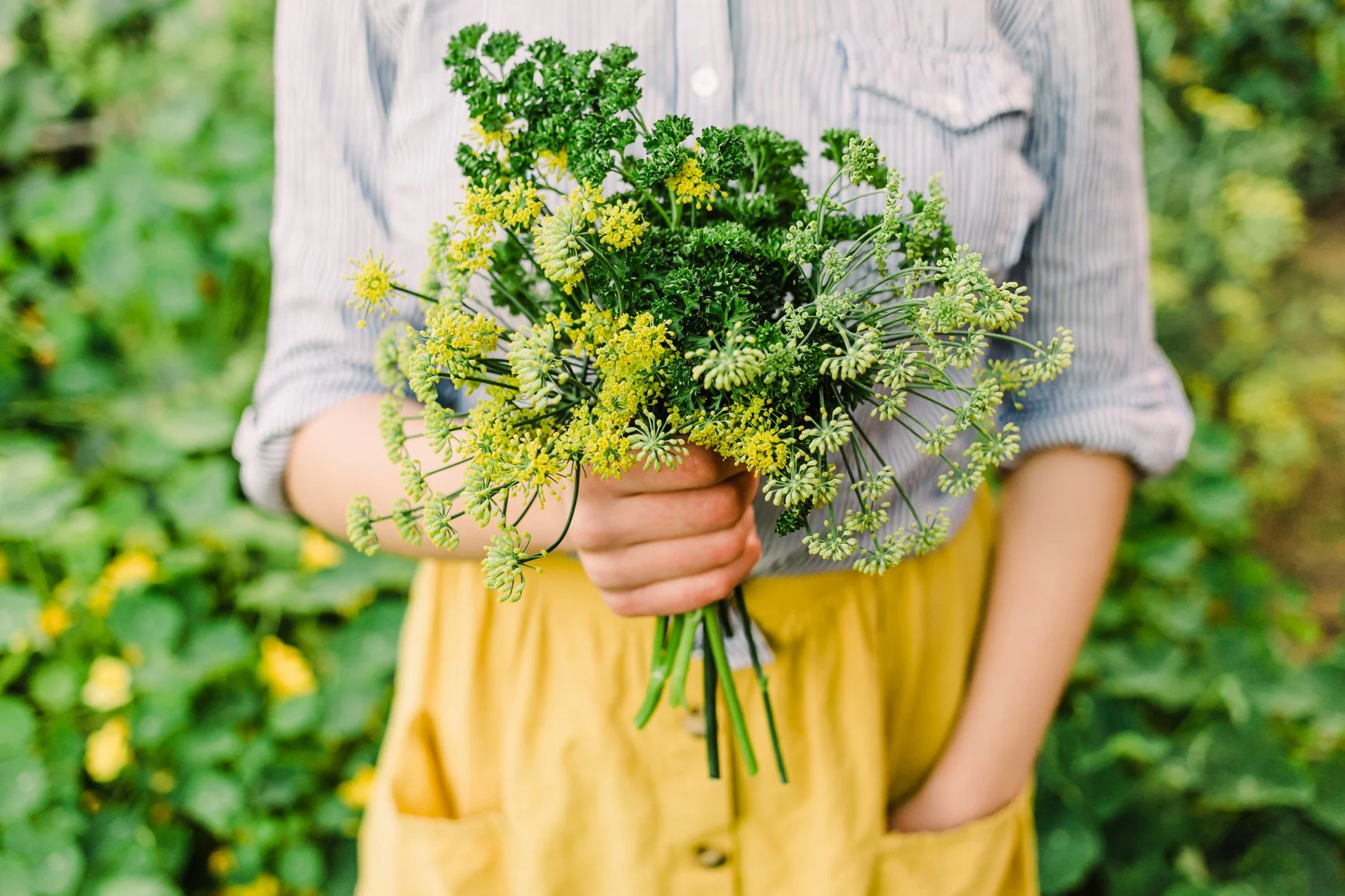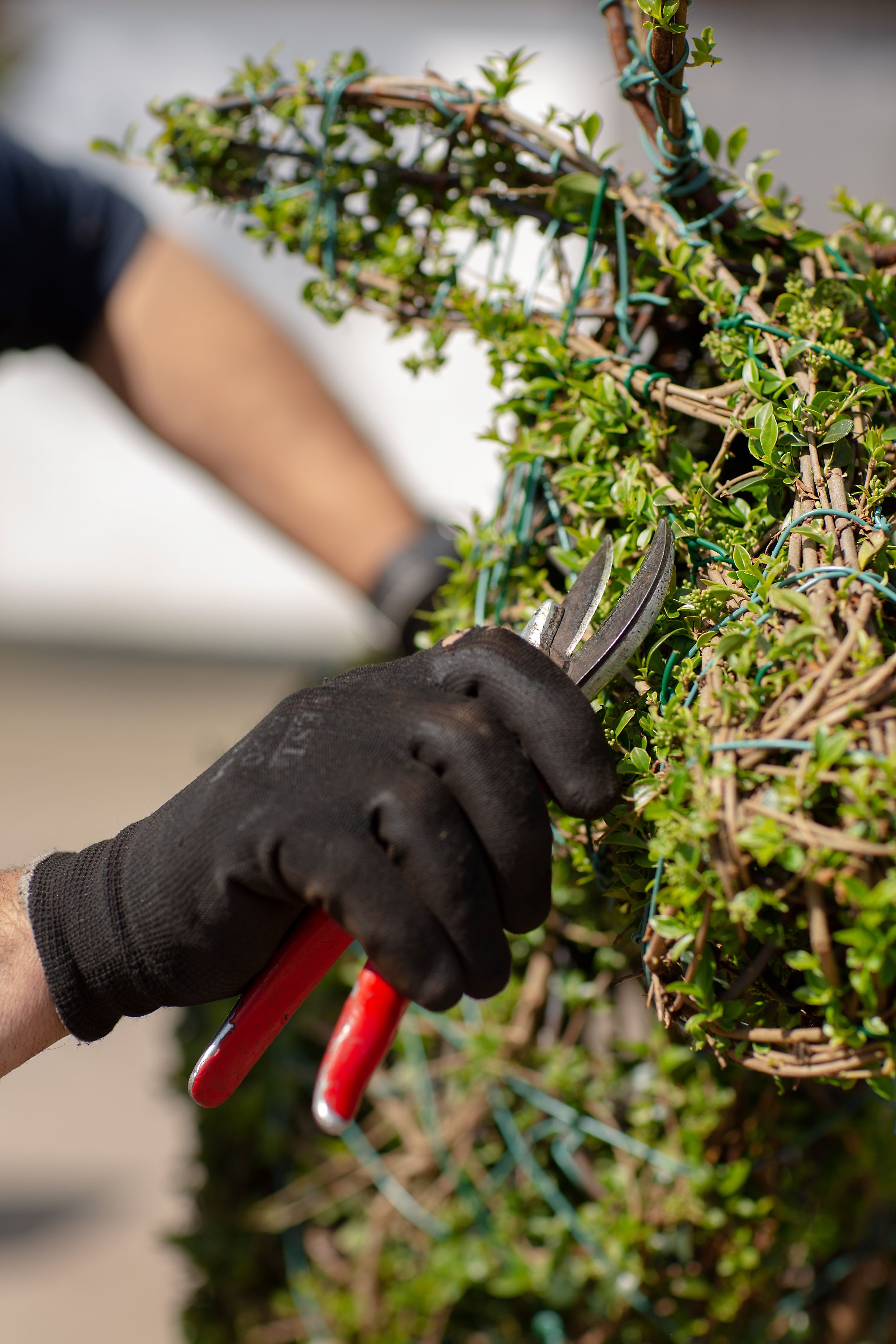THE HOUSE PLANT IS BACK (and not a spider plant in sight!). Create an pretty indoor country garden like this one or a striking display of succulents (the minimalist houseplant perfect for the lazy gardener). Don't be put off by any previous disasters, follow the golden rules of how to keep your house plants happy and your indoor garden will thrive.

9 ways not to kill your house plants
1. Position with care. Choose plants that suit the light levels and temperature of the room in which they'll be positioned - don't expect a sun-loving plant to thrive in a cold, shady area.
2. Avoid extremes. Windowsills in direct sunlight will be too hot for most houseplants. Don't place houseplants over direct sources of heat, such as radiators. Make sure you keep delicate plants away from drying draughts.
3. Seek the light. Ensure there's sufficient light for your plants to photosynthesise effectively.
4. Pot on regularly. You should aim to repot your house plants into larger pots every two years or so to help them thrive. Use a good compost such as GroChar from Carbon Gold.
5. Be well equipped. Use the proper tools for indoor gardening. You'll need a long-spouted watering can, a mister, a long-handled fork and a pair of scissors.
6. Water wisely. Don't overwater house plants - adding drainage material to the bottom of the pot will help to keep roots aerated and ensure they don't drown.
7. Allow to rest. During the winter, move plants to a cooler position - most plants are dormant at this time, so don't need as much sunlight. Reduce the amount of water and food you provide to prevent mould and root rot. Move plants away from windows, which will be too cold in winter.
8. Be vigilant. Learn to recognise potential problems early on before a pest infestation or other physiological problems kill off your plants. Danger signs for low air humidity include flower buds falling off, leaves withering and leaves with brown tips. Signs of high humidity include mould, rot and soft growth.
9. Think long-term. Some popular house plants have a short growing period, so choose plants that will thrive for longer if you want a year-round display.
Read more about how to create your indoor garden in The Green Room, Issue 20 of The Simple Things, out now.
The House Gardener by Isabelle Palmer. Photography Helen Cathcart. Cico Books.



















